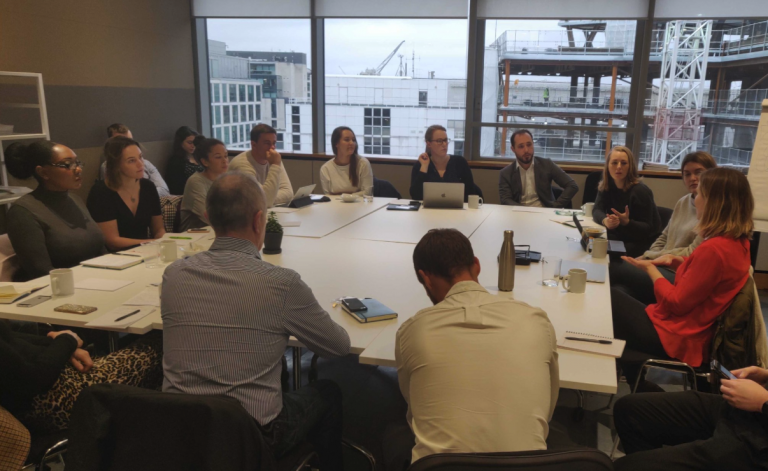Missive Account Director, Gemma Dunn, spoke at Innovate Finance‘s first 2019 ‘PR in Fintech’ workshop, taking 20+ fintech startups through pitching to the UK media.
Here are Gemma’s top lessons for budding fintech founders looking to engage with tech media:
1) Identify your target audience
Consider your audience when you are thinking about the story you’re going to create. This will depend on what you want to get out of the coverage from a business point of view. If it’s a press release then who do you want to read it? What do you want them to do? Be specific. For example, are you trying to fund raise? Are you hoping to attract tech talent? Are you using PR for business development?
This will help you to identify the most relevant press titles that are read by your audience. You should also consider non-media fintech influencers. There are some great lists of influential commentators and fintech industry stakeholders. Check out the Fintech50 judging panel or this media summary from Money20/20 Europe.
2) What makes a good press story
UK media won’t cover any old fintech launch, business update or data story. They need to understand why you’re relevant, what you’re doing that’s different, and how you are shaping or playing into a trend. Think about what will be sufficiently interesting for reporters to take to their Editor, and what is a convincing story based on who the publications’ readers are. The more you can personalise the story to the publication and its readers, the better.
3) Understand how to communicate about your business
Companies often want to communicate why their business is the best thing out there – leagues ahead of competitors or totally revolutionary in a new space. But jumping immediately to talking about your product can often cause journalists to switch off.
First, take a step back and think about the problem that your business, product or initiative is solving, and then you can position yourself as the provider of the solution.
Also, consider the pain points your business is solving (the problem) and how can you make your solution resonate with your audience.
4) The Dos and Don’ts when pitching
Once you have your narrative and story straight, it’s time to speak to media. The main rule when it comes to pitching is to know your media! The more you know about what they write, who their readers are, and what interests them personally, the better you’ll get on.
Hopefully you’ll create an opportunity to meet some journalists and build a relationship so they are aware of your company. They are far more likely to open your email / pick up your call when it comes in (step one). It’s then about making sure the content you’re giving them is as relevant as possible, and personalising it to them (see point two).
Media relations is one component of a successful PR and comms strategy, but there are many other areas to consider! To find out more about how to reach your audience and make an impact, and most importantly how to measure this impact, get in touch.






